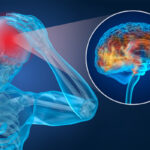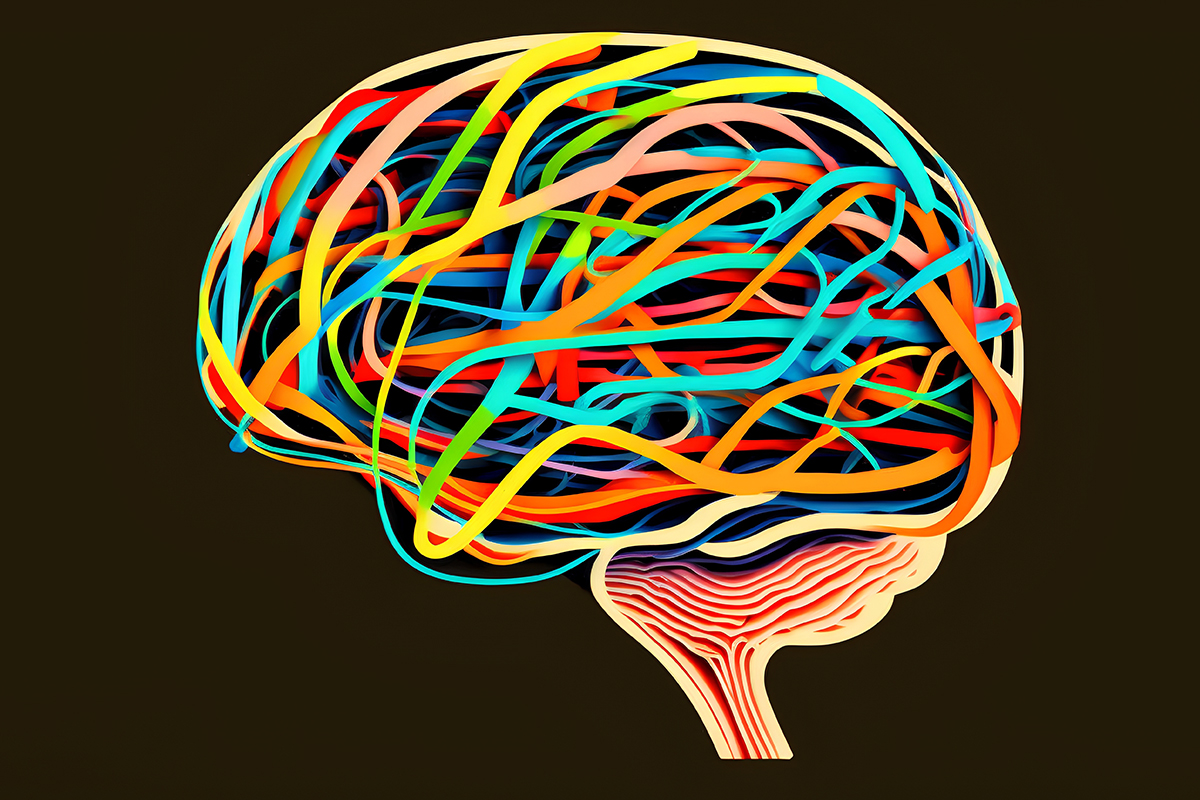Neuroplasticity occurs as we interact with our environment.
Our brains learn to adapt to situations, so we continuously learn from our experiences and can better adapt as we encounter both familiar and unfamiliar circumstances.
In today’s blog, we explain everything you need to know about neuroplasticity, and how it allows the brain to “renew” itself in unexpected ways.
What is the Theory of Neuroplasticity?
Neuroplasticity refers to changes and adaptation in the brain as it is related to neural activity or behavioral responses.
There are two types of neuroplasticity. The first is “structural neuroplasticity” referring to changes in the connections between neurons or synapses. The second is “functional neuroplasticity,” which refers to permanent changes in synapses through learning and development.
The second tends to be considered the more established of the theories, as it relates to the brain’s ability to “relearn” actions or behaviors. This presents a viable way for therapists to help patients undergo meaningful changes that can improve their quality of life. For example, patients can learn to deal with past traumatic events that cause unmanageable anxiety and stress, allowing them to start living their best lives.
Learning and Neuroplasticity
Our brain forms new pathways as we learn.
As a result, learning can connect new neurons, creating new default behaviors and redirecting how our brain operates. Neuroplasticity allows us to learn to play an instrument, speak a new language, or rewire our brains to adopt new, improved behaviors beyond the behaviors we learned as children or through traumatic events.
This can lead to developing a growth mindset to learn and sustain new skills to promote positive change, including overcoming bad learned behaviors as well as assist with recovery from brain events like strokes and traumatic brain injuries.
Neuroplasticity as a Treatment
There are several ways neuroplasticity can be applied as a treatment, including:
After trauma: Some patients with severe brain damage can take advantage of the brain’s neuroplastic abilities to help reorganize neurons and make changes that can improve recovery times.
After stroke: Neuroplasticity occurs when recovering from strokes. Patients can use repetitive tasks to relearn skills and improve activity for issues ranging from facial muscular impairment to serious cognitive impairments and memory loss.
Depression: Depression can create maladaptive pathways and discourage healthy and adaptive ones. Neuroplasticity can help stop damage and, in some cases, reverse it, helping with recovery and healing and encouraging improved function.
Anxiety: Neuroplasticity can help rewire and remodel behaviors to help manage common triggers of anxiety. Patients can learn a new approach to help create calm to overcome old triggers.
Chronic pain: Mindfulness and activities can help rechannel the brain to focus on things other than the pain.
DHD, OCD, and Autism: Learning new methods and activities to consciously adapt and modify thought patterns can help provide more focus for those with these types of conditions.
How Neuroplasticity Works
Patients learn new brain patterns by adapting and changing thought patterns using repetitive tasks. These tasks retrain the brain to look at common triggers differently. These exercises change sensory perception based on specific common targeted triggers to modify habits and create new positive behaviors.
As you can see, neuroplasticity can open doors and offer a new path of treatment that helps patients regain control of their lives.
The Chicago Mind Solutions Difference
Chicago Mind Solutions works with individuals, offering neuropsychological testing and non-invasive treatment for many mental health conditions. For more information about our treatments and teletherapy options, please contact us at (224) 723-5050 or email info@chicagomindsolutions.com.






